Mark Millar doesn’t write comic books. He writes massive middle fingers to the idea that great power comes with great responsibility. And over the last two decades, he’s created an insanely wild web of stories where teenagers put on spandex and get beat up, billionaires commit war crimes for fun, and James Bond works for a tailor.
But somewhere in that whirlwind of F-bombs, brain matter, and slow-mo headshots is an impressive shared multiverse, often referred to by fans as the Millarworld, where Kick-Ass, Wanted, Nemesis, Superior, and Kingsman all exist in the same morally bankrupt sandbox. How exactly?
Let’s break down each of these five core pillars of the Millarworld shared universe before we get into their interconnected storylines. Spoilers, obviously.
1. Kick-Ass: What If Batman was Poor, Had Asthma, and Watched Too Much YouTube?
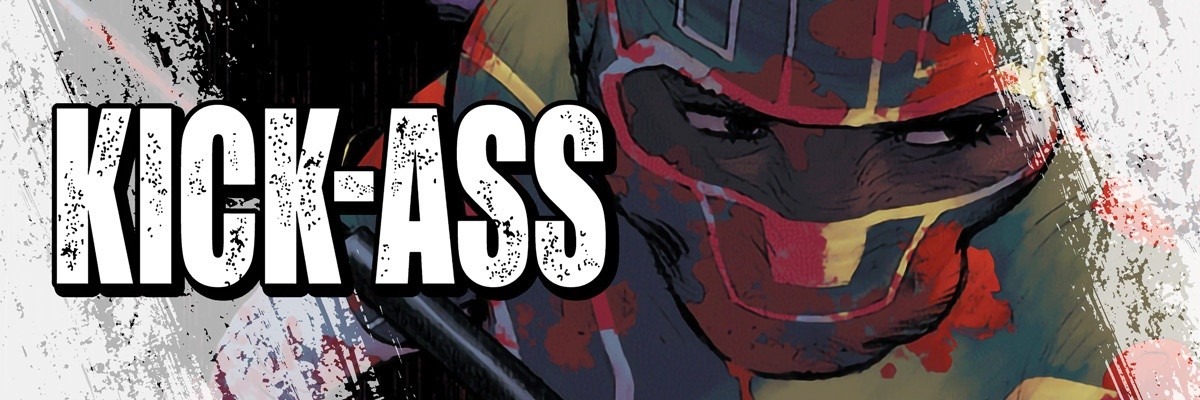
It all begins with Kick-Ass, the story of Dave Lizewski, a kid who proves that anyone can be a superhero—if they’re dumb enough. Dave puts on a scuba suit, calls himself Kick-Ass, and promptly gets stabbed, hit by a car, and ridiculed by the entire internet.
But he gets back up, goes viral, and teams up with Hit-Girl, a foul-mouthed, prepubescent murder machine trained by her dad, Big Daddy, who’s basically if The Punisher homeschooled his daughter and fed her Red Bull intravenously. Together, they battle the mob, fake their deaths, and build a legacy of costumed vigilantes.
Then Dave retires, gets replaced by a war vet, and the suit becomes a symbol for street justice across the country. Hit-Girl becomes the dark soul of the franchise, like if Deadpool and Eleven had a baby raised by Quentin Tarantino.
But Kick-Ass isn’t just a parody—it’s a gateway drug into Millar’s world of consequences, corruption, and the idea that superheroes might be just as bad as the villains.
2. Wanted: The Secret Society of Murdering A-Holes That Actually Run the World
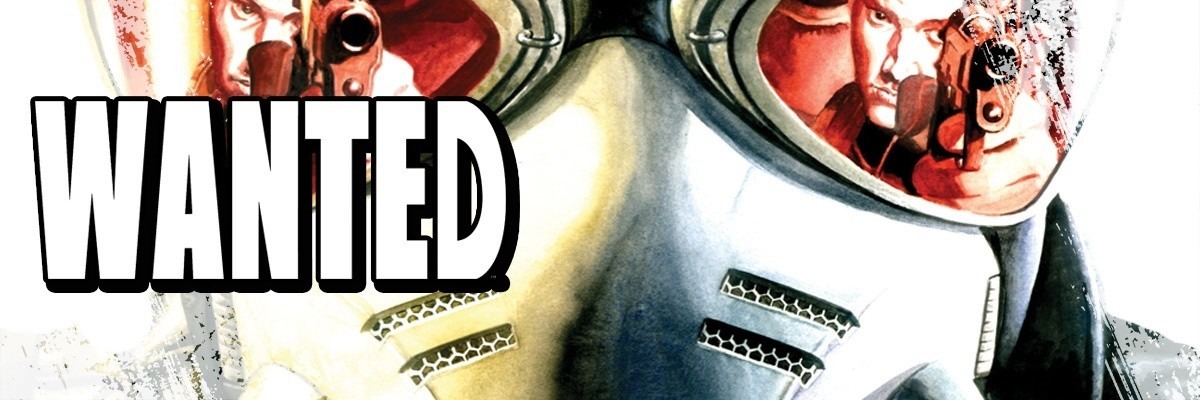
Now that we’ve seen what it’s like when a nobody pretends to be a superhero, let’s see what happens when a nobody finds out he was born to be a supervillain.
Wanted follows Wesley Gibson, a depressed office drone who finds out his dad was part of a secret Illuminati-like group of supervillains who secretly rule the planet after wiping all the superheroes off the map in 1986 (yes, Wanted exists in a timeline where Superman got kneecapped and Spider-Man got defenestrated by the Legion of Doom).
Wesley inherits his dad’s powers, ditches his loser life, and becomes a bullet-bending, puppy-killing sociopath with a bloodlust that makes Deadshot look like a youth pastor. The “Fraternity” of villains have erased the idea of superheroes from public memory, reshaping the world to their liking, and Wesley fully embraces their “evil is fun” lifestyle.
This twisted society forms a foundational piece of Millarworld lore, where supervillains aren’t just background noise—they’re the goddamn architects of society.
3. Nemesis: What If Batman Was the Joker and Also Elon Musk?
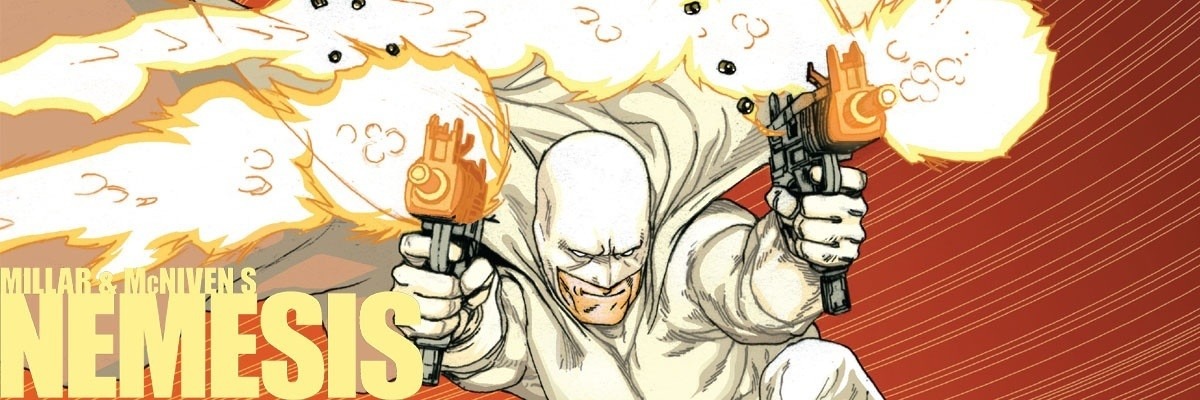
If you have ever wondered what Batman would be like if he were the world’s greatest super-criminal with a penchant for seeing how many people you can kill in a day with bonus points for total number of limbs severed from their victims, you get Nemesis.
At first, the dude seems to have it out for one guy, police chief Blake Morrow. Nemesis make it his life’s mission to f*ck with Morrow in every sadistic way imaginable all while wracking up a body count that would make Joker say “holy shit, this guy deserves his own wing at Arkham.”
Seriously. Nemesis’ arc spans several storylines but each one is incredibly brutal, bloody, and no other comic book story comes even remotely close.
Later, a second Nemesis takes the mantle who is revealed to be a member of the Fraternity and the protege of one Wesley Gibson. We will touch more on that later.
4. Superior: The Wish Fulfillment Fantasy That Goes to Hell (Literally)

Where Wanted and Nemesis are about people embracing evil, Superior takes the road less exploded. It’s about Simon Pooni, a kid with MS who gets magically transformed into “Superior”—basically Superman if DC didn’t have lawyers—by a talking space monkey named Ormon who grants him a magic wish of his choosing.
But in true Millar fashion, it’s all a demonic Faustian bargain. The monkey is actually a demon and to stay in his hero form, Simon must give his soul to Satan. Which is weirdly wholesome compared to Nemesis feeding babies to crocodiles.
Eventually, Simon says “nah,” keeps his morality intact, finds strength in his own disability, rejecting the easy path, and keeping his soul in the process.
Superior is the rare Mark Millar story where goodness actually triumphs, which means it’s probably a fluke or a test to see if readers still had a soul. Still, it introduces the idea that superpowers come from cosmic or supernatural sources, widening the Millarworld from sci-fi and crime to fantasy and myth.
5. Kingsman: What If James Bond Was 22, Poor, and an Absolute Prick?
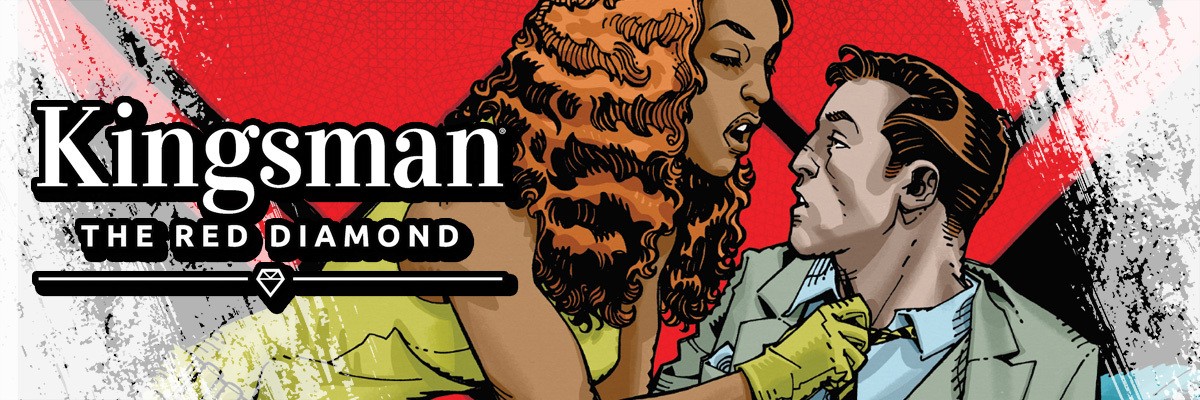
Now that we’ve done superheroes and villains, let’s talk about Kingsman, the story of Eggsy—a street-smart delinquent who’s recruited by a secret organization of tailor-themed British spies. It’s like if Bond worked for Men’s Wearhouse and had an actual moral compass.
Eggsy trains, grows, and ends up saving the world from a tech billionaire who wants to cull the human race (a popular job title in Millarworld, apparently). While the movie franchise takes creative liberties, the comics paint a more grounded, cynical picture of espionage—where charm is a weapon, manners maketh man, and global threats are handled off the books with neck snaps and pints of lager.
In-universe, Kingsman functions as the “spy branch” of Millarworld, keeping tabs on major global incidents—including the kind of mass chaos that people like Nemesis or the villains from Wanted might cause. Think of them as MI6 meets SHIELD if SHIELD had a tighter dress code and less patience for monologues.
How Mark Millar’s Fractured Worlds Finally Collide and Connect
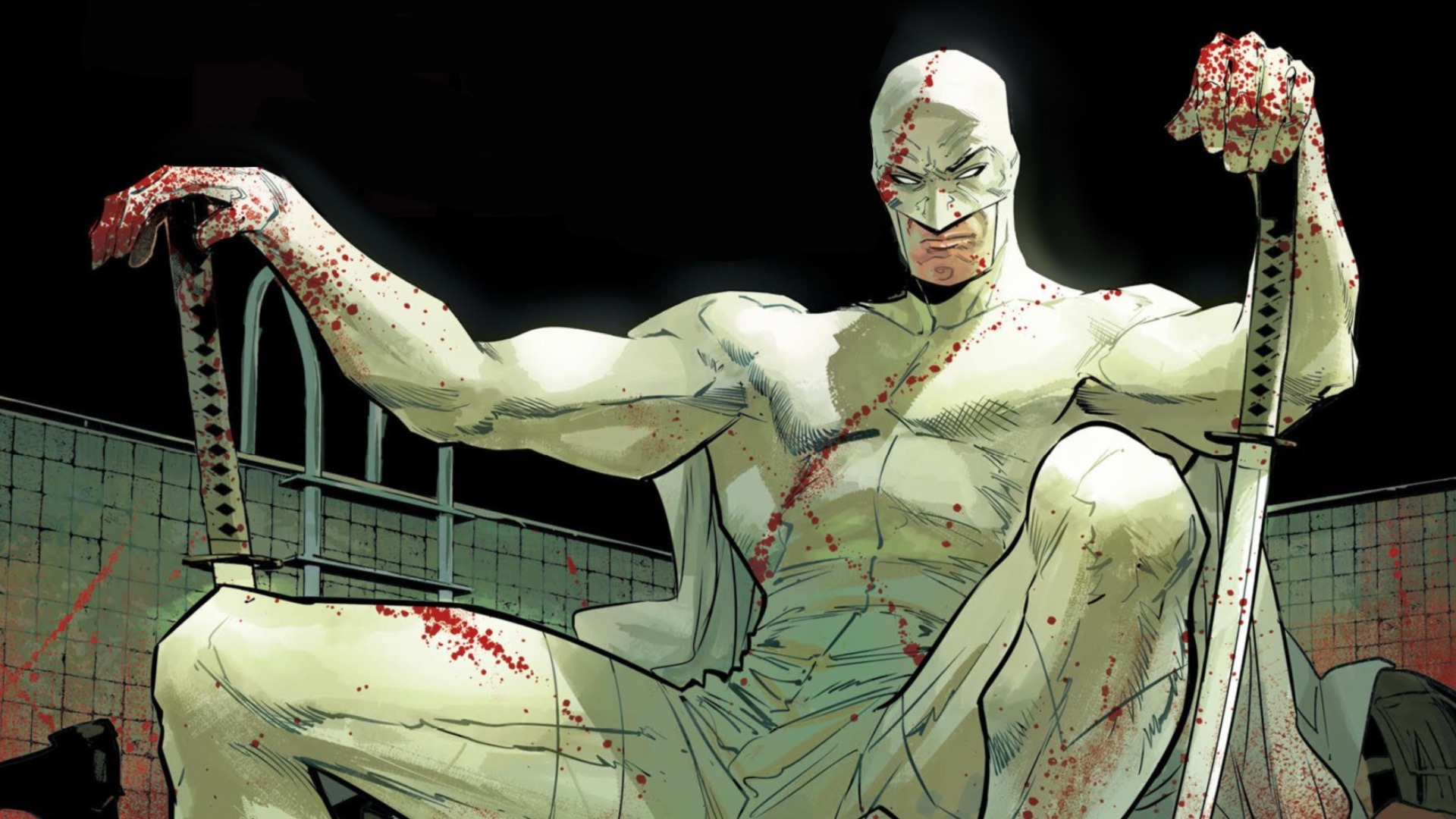
Long before Dave Lizewski ever put on a green wetsuit and got stabbed in an alley, the world was protected by actual real superheroes—powerful, principled people who inspired hope and justice across the globe. They were beloved icons, the kind of figures children looked up to and governments feared. But they made one fatal mistake:
They trusted the system.
As it turns out, behind the scenes, an alliance of the world’s most brilliant, cruel, and sociopathic villains had formed a secret organization known as The Fraternity (Wanted). Its founders included warlords, rogue scientists, and disgraced former heroes who had grown tired of playing second fiddle to morality. Their mission: wipe every superhero off the face of the Earth.
And they did.
Using a mix of cutting-edge tech, interdimensional magic, and sheer brutality, the Fraternity orchestrated a global purge of superheroes around 1986. They didn’t just kill them—they erased them from memory, history, and culture. They literally rewrote reality, using experimental “rewrite engines” (fragments of which still appear in Superior and Nemesis) to convince the world that superheroes had never existed at all.
Every comic book was altered. Every news story was replaced. Every photograph was incinerated or edited. In place of gods in capes came cynicism, greed, and a brutal new world order where the Fraternity secretly ran governments, banks, and industries.
Think about all that for a moment. Kick-Ass is a story about a kid who idolizes his favorite comic book superheroes; beings of pure fiction. Only they aren’t. In Lizewski’s mind, and the minds of nearly everyone else on the planet, superheroes are just characters played by actors raking in billions of dollars every few months or disappointing you with awful CGI on Disney+. Dave has no freaking idea that they are actually real in his world.
What’s even crazier, is that the superheroes who survived this whole ordeal still exist in Laszewski’s world. They just had their memories erased as well so now, instead of remembering that they can actually run faster than a speeding bullet or leap over tall buildings in a single hop, they now think they just played a hero on tv or in film. Wild, right?
The Present Day: The Threads Begin to Unravel
-
Kick-Ass
Years later, a nobody named Dave Lizewski puts on a costume and accidentally starts a movement. Though he isn’t the first “superhero” since the purge, he’s the first one dumb enough to go viral. His actions inspire real vigilantes to rise up, and though most are amateurs, a few—like Hit-Girl—have the skill to start tipping the balance.
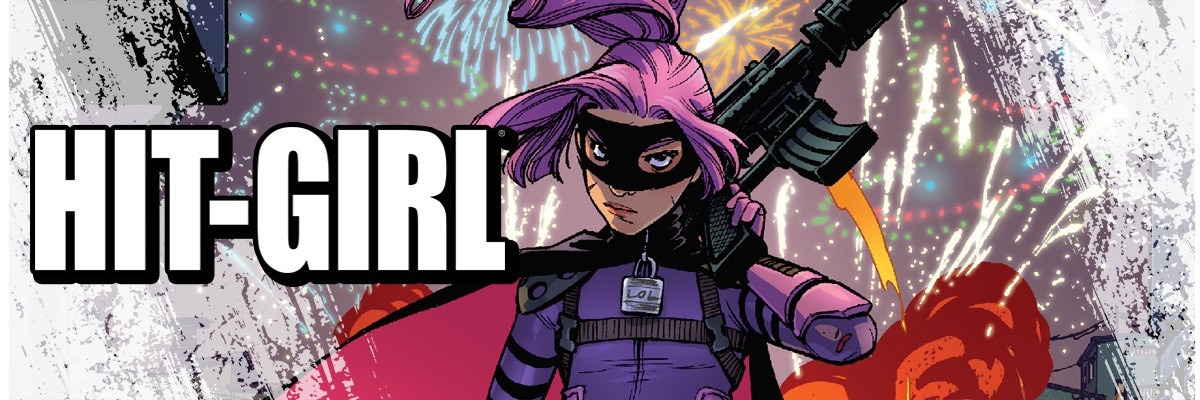
Unbeknownst to them, these acts of rebellion are drawing the attention of the Fraternity, which sees Kick-Ass and Hit-Girl as symptoms of a deeper problem: the world is starting to fight back and heroes are on the rise.
-
Superior
Meanwhile, a boy named Simon Pooni makes a deal with a demonic entity posing as a magical space monkey named Ormon. He becomes Superior, a Superman-esque figure with real powers—something the Fraternity hadn’t seen since the purge. But Simon rejects the deal and keeps his soul, proving that true heroism can still exist.
Simon’s emergence is a cosmic alarm bell. He didn’t get his powers from science or tech—he got them from beyond, from a source the Fraternity can’t control. His return signals that the spell over Earth might be breaking. However, the Fraternity’s involvement in the appearance of “the world’s first actual superhero” is never explained.
Keeping in mind that no one remembers superheroes, the appearance of Superior would have caused many a persons brain to explode. It is presumed that the Fraternity likely wiped the minds of everyone as they did before to get the media and the story under control.
-
Nemesis
The whole “what if Batman was a super-criminal” idea is the easiest way to sum up Nemesis. The first story arc of the character reveals that its just some rich dude using the Fraternity’s resources to see what it feels like to be a supervillain. The whole point is to cause massive chaos just because rich people are apparently that bored and have little else better to do with their wealth and privilege.

The first Nemesis is eventually killed but when a second one surfaces with same name, it is revealed that the whole Nemesis experience is something being backed by none other than Wesley Gibson, the leader of the Fraternity. And not only is the second Nemesis designed to act on behalf of the Fraternity to shut down any rising heroic threats, he is also Wesley’s protege.
The second Nemesis is then tasked by Wesley directly to slaughter any and all superheroes on the Frat’s kill list. And oh boy, does he; in spectacular fashion Nemesis goes on an extremely violent rampage that would make even Joker or Frank Castle a little queasy. Seriously.
-
Kingsman
As all this unfolds, Kingsman, the last standing independent intelligence agency, begins connecting the dots. Their analysts trace global assassinations, memory blackouts, and corrupt regimes back to one source: the Fraternity.
Eggsy and his team discover that the Fraternity has embedded agents in MI6, the CIA, and even inside Kingsman itself. When they uncover ancient documents detailing the 1986 superhero purge, Kingsman officially declares war on the shadow empire.
Their first order of business? Hit-Girl.
As the Fraternity tracks down every super they can for immediate, and bloody, execution, Eggsy Unwin is tasked with finding Mindy McCready, aka Hit-Girl. As it turns out, Hit-Girl is next on the Frats hit list and Kingsman is doing everything they can to intervene. The two pair up and try to slow down the Fraternity’s plans with initially disastrous results.
The Big Game: The World Begins to Remember
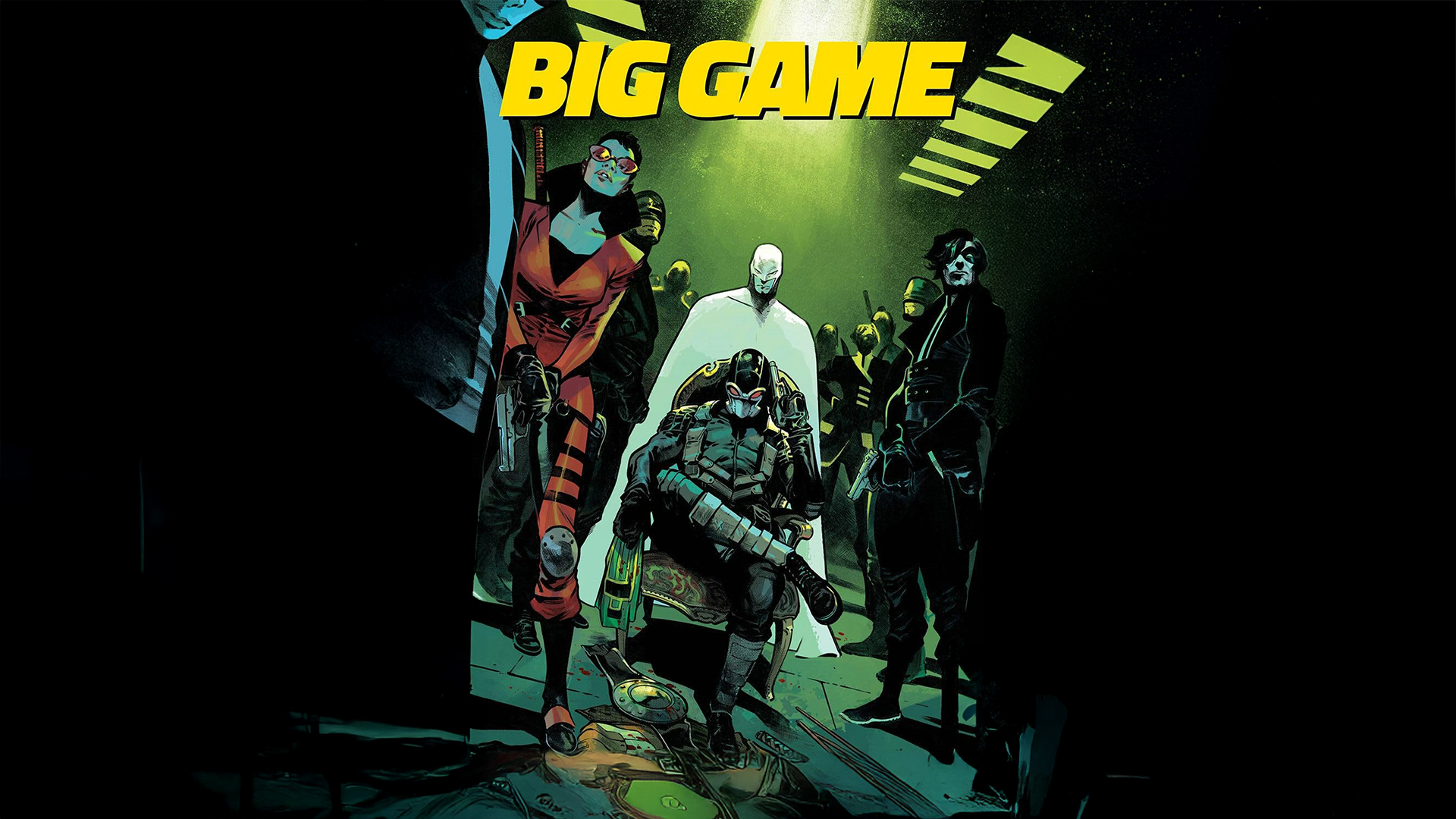
“The Big Game” is how it all comes together with every major Millar story colliding to take down the big bads. And it is pretty much all because of Kick-Ass. You see, Kick-Ass wanting to be a superhero inspired other vigilantes around the globe. And the one thing more powerful than laser eye beams or super strength? Hope. This rise in opposition to crime was very bad for the Fraternity, so they, along with Nemesis, opted to take them all out before their problem grew out of control.
To make matters worse, as the vigilante movement grew and continued to mobilize, even more heroes with actual super powers were also starting to crop up, namely, the Ambassadors, the time-traveling Chrononauts, and Huck, to name a few. There are others, of course, like the vampire kids of the Night Club, The Magic Order, etc. Seriously, we never expected the world of Kick-Ass to end up this bonkers.
Of course, the existence of all these meta people meant the Fraternity, who only operated in the shadows until now, had no choice but to step into the light to put a stop to it all. From here, things go batshit insane. Like, more than you can imagine.
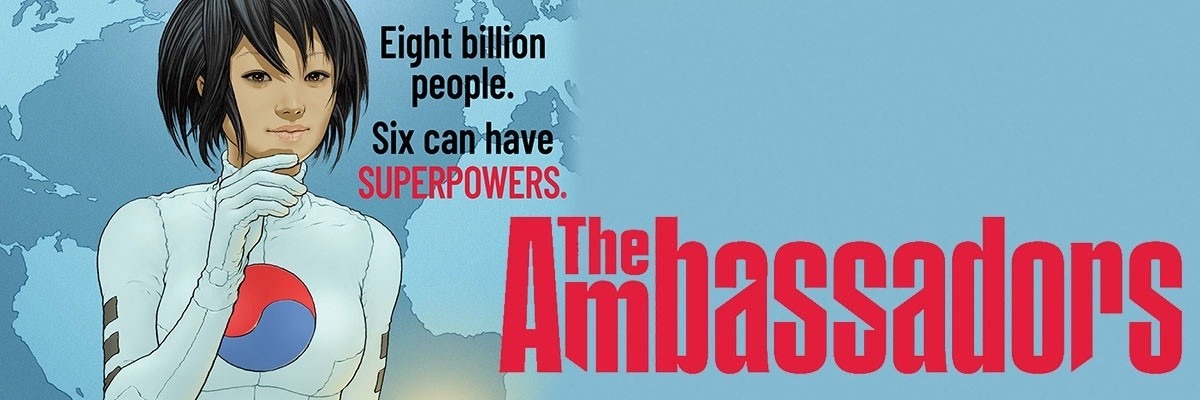
The curtain rises on Big Game with the kind of tranquil prologue disaster movies love to ruin. Skies are blue, birds are chirping, and no one has spotted the kilometer-wide asteroid of murder about to hit. Then Mark Millar reminds us why the Fraternity sits atop the villain food chain. These cigar-fueled sociopaths, furious that Twitter randos in ski masks have resurrected the cape craze they buried in 1986, commission Wesley “The Killer” Gibson to call in his favorite chaos artisan, Nemesis.
Their mandate is simple: annihilate every costumed do-gooder before hope can finish tying its sneakers. By the last page of issue one, Millar’s crossover roster reads like an algorithm that binged on Red Bull and old Wizard magazines. Eggsy parachutes in to yank Hit-Girl out of an ambush, Prodigy bribes the Chrononauts for a quick ride on the WABAC machine, and Kick-Ass submits a résumé to the Ambassadors begging them to hire him as a superhero to represent America.
Issue two tosses subtlety into a wood chipper. The Chrononauts hop back to 1985, confirm superheroes existed, and blink home just in time to eat more bullets than an entire Matrix trilogy. Elsewhere, Nemesis greets the Ambassadors by flicking off their powers like a bad Wi-Fi signal and carving what’s left of them into an avant-garde anatomy lesson. Gore splashes across the page with the loving attention of a haunted-house decorator who got a bulk discount on viscera.
By the third issue, the body count needs its own ZIP code. Huck gets nuked mid-good-deed, the Night Club vampires learn holy water isn’t as good for the skin as Gwyneth Paltrow’s Goop website advertises, and Simon Pooni—whose biggest sin was wanting his legs to work—gets vaporized while still in his wheelchair. Eggsy and Hit-Girl infiltrate Wesley’s bunker, discover the only thing more lethal than automated turrets is Wesley’s self-satisfaction, before Eggsy get his head blown off and Hit-Girl travels back in time some sixty-five million years earlier. Somewhere outside, Kick-Ass brushes off his moldy wetsuit, convinced enthusiasm can substitute for actual powers or a track record that doesn’t involve emergency rooms.
The fourth issue cranks the weird to eleven. Hit-Girl, now the universe’s unluckiest time tourist, is hurled millions of years backward where she’s rescued from a T-rex by Princess Aine of Empress fame. Aine’s dad, King Morax, leads a prehistoric galactic empire and decides conquering the 21st-century future would look great on his LinkedIn. Meanwhile, Nemesis and Wesley tighten their present-day stranglehold, the Magic Order pokes its collective head in just long enough to mutter “nope” and leave everyone else holding the apocalyptic bag, and Kick-Ass experiences a crippling case of heroic FOMO.

Everything detonates in the double-sized finale. Hit-Girl steals Morax’s time gadget, rewinds seventy-two hours, and informs the surviving good guys that dying horribly is bad for morale. With history rebooted, Kingsman agents, Magic Order wizards, a portal that drops in all the fictional superheroes from Dave’s comic books, Codename-whatever Ambassadors, and a freshly spell-juiced Kick-Ass (courtesy of the Magic Order granting him a super suit), all together storm Wesley’s skyscraper like Comic-Con opened a murder-hall. Dave Lizewski finally gets the power boost he always photoshopped himself having, lands a punch worthy of a hype trailer, and helps bleed Nemesis while Wesley face-plants off his own throne.
Then come the last-page fireworks. Wesley Gibson caps Hit-Girl with a shot that leaves daylight where her brain used to be, cocks his gun toward Bobbie Griffin—the only hero who actually remembers a pre-Fraternity world—and promptly discovers Newton’s Fourth Law of Comics: if you perforate a twelve-year-old assassin, a second one from an alternate future materializes to return the favor.
With this past timeline’s Hit-Girl bleeding out on the floor and Wesley distracted, original-timeline Hit-Girl pops in and blows a matching exit wound through Gibson’s smug forehead, proving once and for all that karmic justice occasionally wears pigtails and swears like a dockworker.
But therein lies the part Millar never circles back to: the Hit-Girl who pulled the trigger is a temporal squatter.
The local version is dead on the pavement, the original timeline is still living its best dystopian nightmare with the Fraternity facing an alien incursion against Diabolos the Wizard, and nobody casts so much as a healing spell to tidy up the mess. Our long-suffering “main” universe remains royally screwed, stripped of heroes, hope, and now Hit-Girl, because the original one grabbed a Chrononaut suit and bailed to a reality 72 hours in the past that hadn’t gone completely to hell yet.
Oh, and despite Wesley Gibson being killed off, Nemesis survives and promises to heal from his wounds and murder all four thousand two hundred and thirty-five people on his hit list once he recovers.
On the bright side, Bobbie Griffin is offered a spot on the Ambassadors team to represent the United States but turns it down to recommend someone she believes is an even better choice- Dave Lizewski, who promptly accepts and becomes an actual superhero that represents our great country.
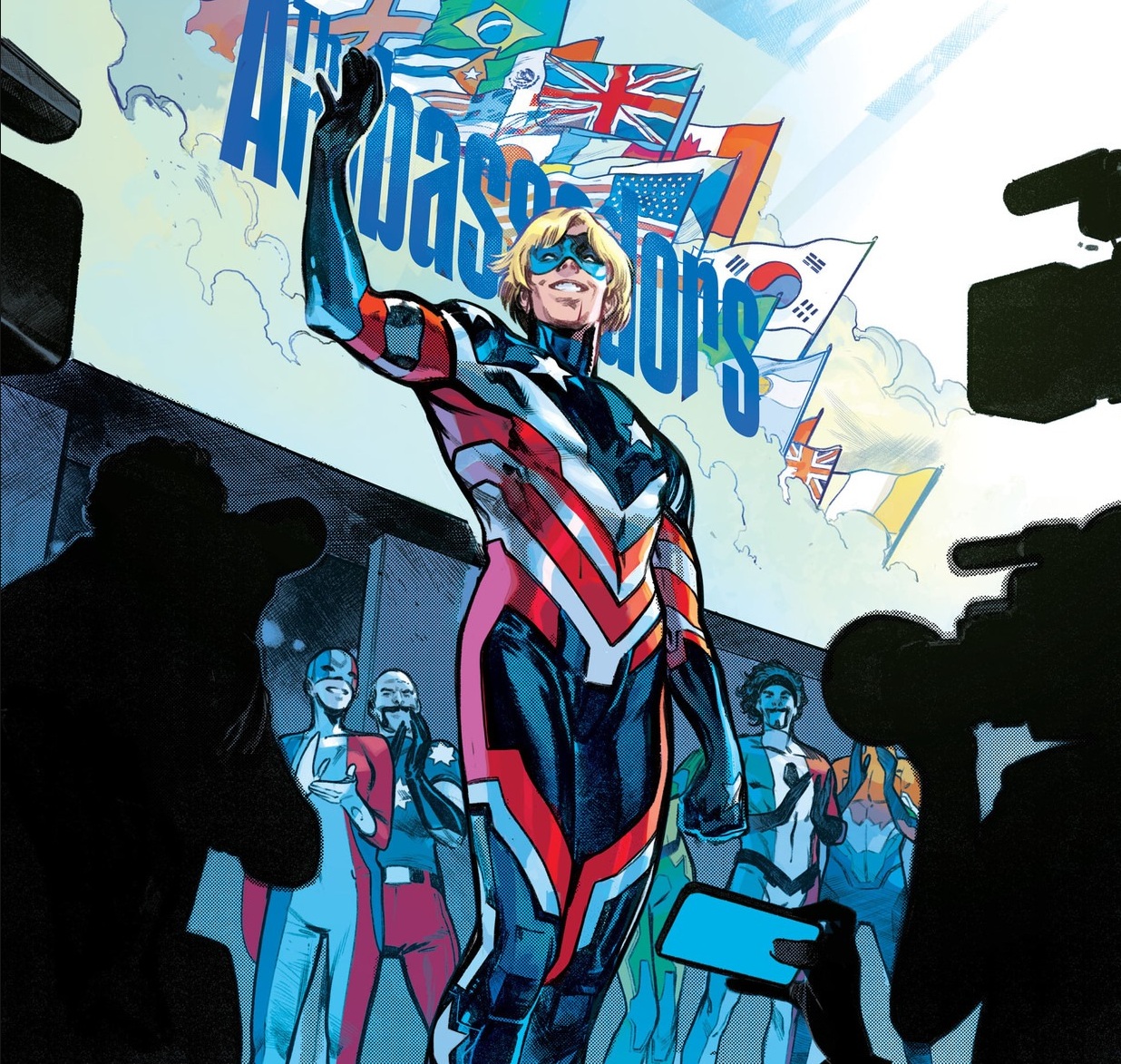
While the ending of Big Game is mostly wrapped up with the whole we-have-no-idea-how-to-dig-ourselves-out-of-this-hole-so-we-had-better-use-time-travel trope, almost everything ends with the heroes in good shape with no great losses on their side, save for this timeline’s Hit Girl. That said, it could fit one’s headcanon to suggest that these heroes, along with the help of the all-powerful and completely broken Magic Order, could do some interdimensional travel, wipe a few minds, rewind a few timely events, and undo some deaths to establish peace and order in the original timeline.
But alas, we are meant to use our own imaginations here since Millar never addresses it outright. Then again, it is never addressed as to which one actually died, either. We just assume it was the past one as that would make more sense and soften the blow.
Moral of the story: sometimes the multiverse’s greatest power isn’t flight, strength, or laser eyes—it’s the ability to Irish-goodbye your own doomed dimension and let the credits roll on everyone you left behind.
